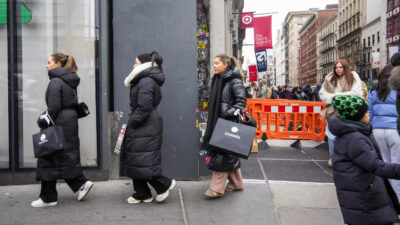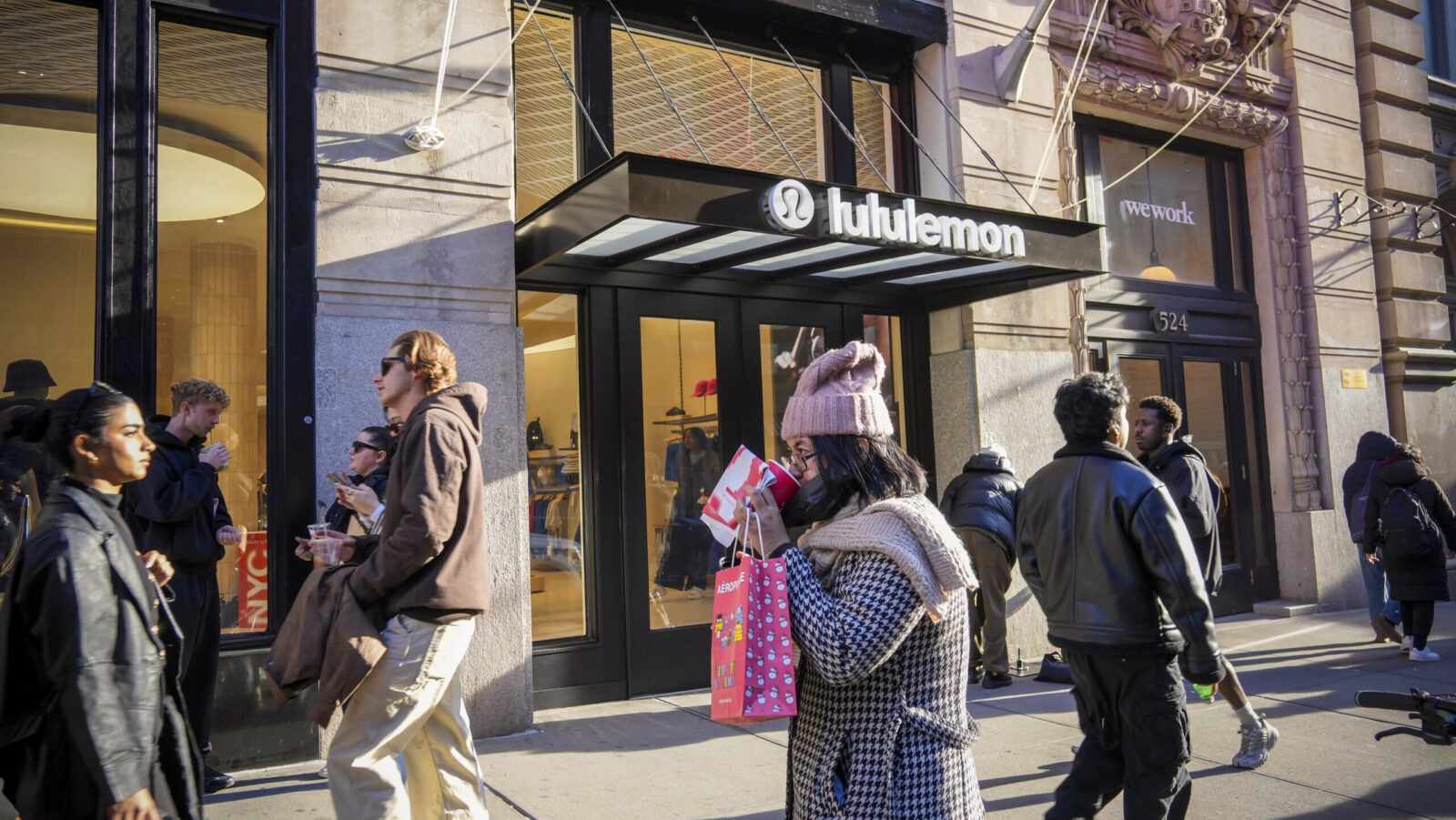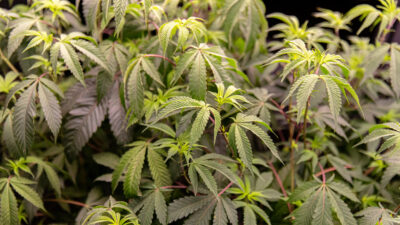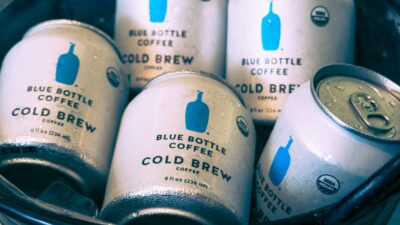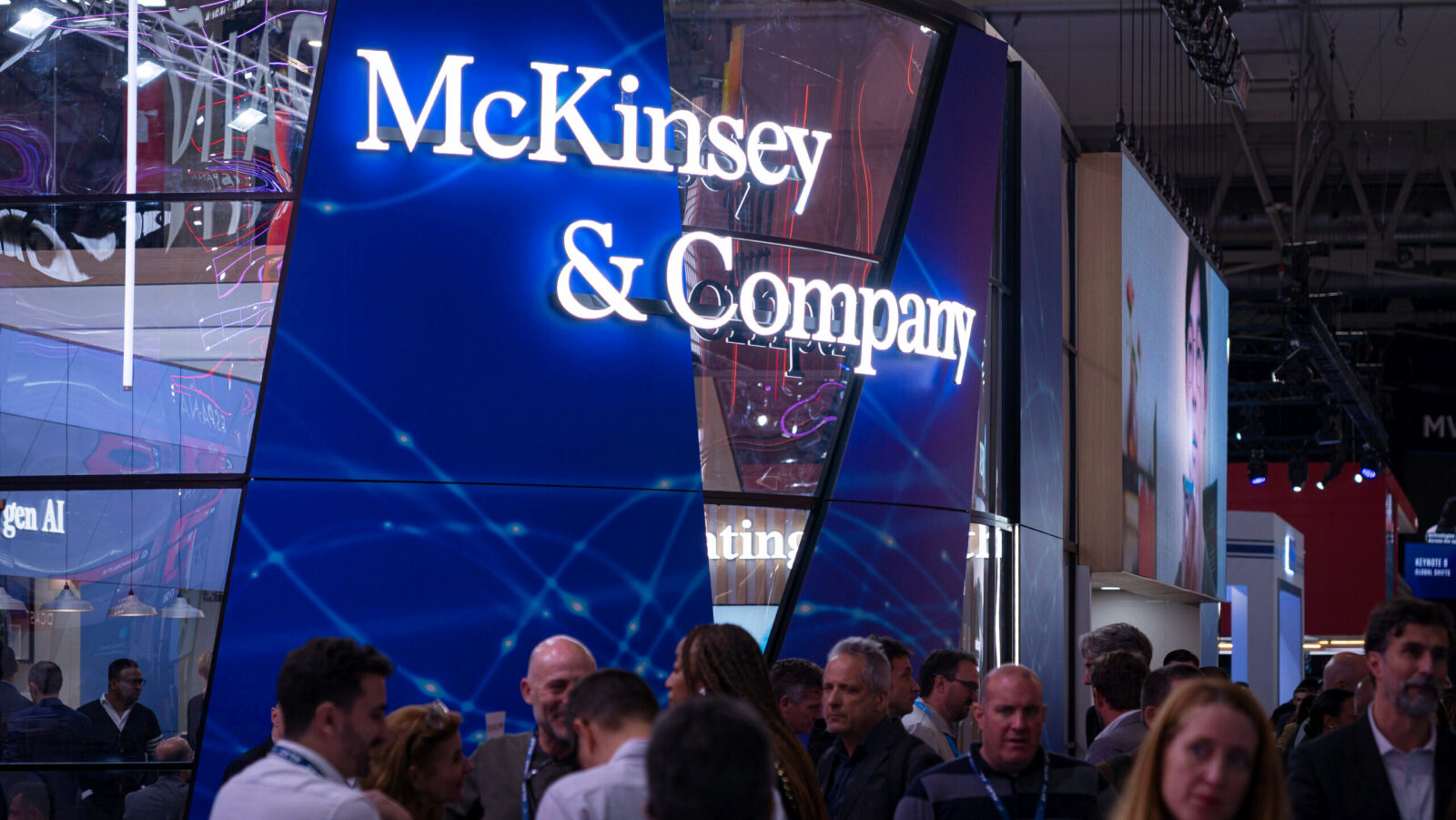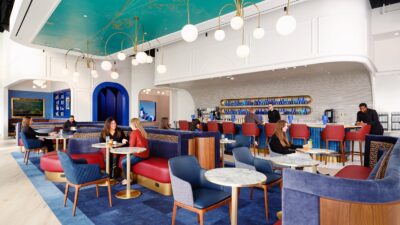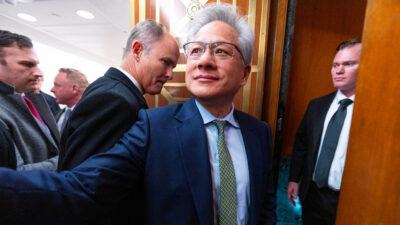Not Folding Yet: Vegas Looks Beyond an Epic Summer Slump
Vegas has been dealing with the economic uncertainty caused by the Trump administration’s trade, tariff and immigration policies.
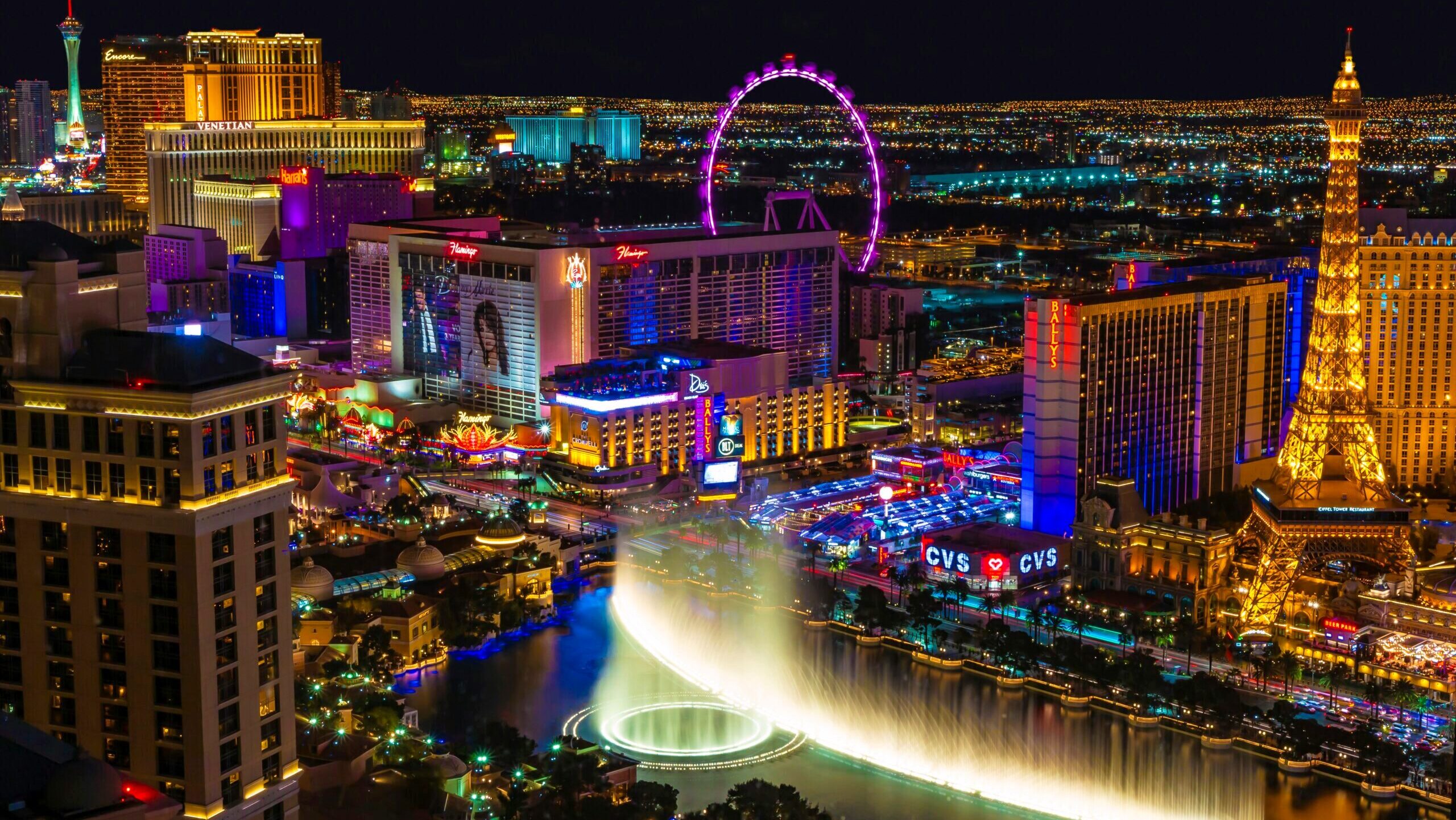
Sign up for smart news, insights, and analysis on the biggest financial stories of the day.
Nevada’s legalization of gambling in 1931 set the stage for Las Vegas to become America’s casino heartland. The building of the Hoover Dam in the five years that followed guaranteed the reliable water and hydroelectric power supply that would enable decades of growth and development.
The post-war arrival of luxury hotels, facilitated by the new infrastructure, attracted tourists the world over to the Mojave Desert (not to mention crooners, magicians, pop stars and sports leagues). Vegas developed one of the great local hospitality sectors, with resorts like Caesars Palace and the Bellagio known around the world. The world-class hospitality infrastructure transformed Vegas into a hub for conventions and other industry gatherings, leveraging its infrastructure for even more revenue through annual events like the International Consumer Electronics Show (CES).
“It’s really important to put into perspective how important leisure and hospitality are to our economy,” Andrew Woods, the director of the Center for Business and Economic Research at the University of Nevada, Las Vegas, told The Daily Upside. “Here in Clark County, it’s about one in four jobs, and a third of GDP.”
Last year ended on an optimistic note. The city drew 41.6 million visitors, a 2.1% increase that brought it ever so close to pre-pandemic levels. International arrivals at Harry Reid International Airport, the primary flight hub for the Las Vegas Valley, rose 14% year-over-year to 2.7 million (still trailing the 3.8 million in 2019). This helped Nevada set a record for annual casino revenue for the fourth year in a row, with nearly $16 billion.
Unlucky Numbers
In recent months, however, like the rest of the US, Vegas has been dealing with the economic uncertainty caused by the Trump administration’s trade, tariff and immigration policies. Preliminary figures from the National Travel and Tourism Office show foreign visits to the entire US fell 3.4% in June from a year earlier.
In tourist-happy Vegas, that has meant seemingly more dramatic declines in visits that could impact earnings in the current quarter.
According to data earlier this month from the Las Vegas Convention and Visitors Authority (LVCVA), the 3 million visitors to Vegas in June marked an 11% year-over-year decline. Attendance at conventions fell 11% year-over-year to 374,000. Meanwhile, the number of international arrivals at Harry Reid Airport slid 10% in June to 272,000, suggesting a steeper dropoff in visitors from abroad than from other parts of the country. The authority cited economic uncertainty, softening consumer confidence, and a slow convention calendar as factors.
To see just how important foreign visitors are to the city’s economy, one need only look to the home of the maple syrup found at nearly every all-you-can-eat brunch buffet on the Las Vegas Strip. We’re talking, of course, about Canada, the top foreign market for Vegas tourism, which sent 1.4 million visitors to the city last year, according to LVCVA.
The impact of those Canadian tourists is significant: UNLV’s business and economic research center estimates Canadian tourism last year supported more jobs in southern Nevada (43,200) than manufacturing (33,700). Canadian tourism contributed $3.6 billion to the GDP of Clark County, which includes Las Vegas, a figure sandwiched between the utilities sector ($2.4 billion) and US Armed Forces operations that include Nellis Air Force Base ($4.1 billion), they calculated.
Which brings us back to softening data. There’s plenty to show that, in particular, Canadians — who earlier this year elected a prime minister who promised to take an “elbows up” approach to the US administration’s trade demands — are passing on Vegas for now.
“If you look at our missing room nights this year, Canadians are a significant piece of that, even though they are only 3% of the total pie for us,” Thomas Reeg, the CEO of Caesars Entertainment, said on a company earnings call last month.
The convention and visitors authority said visits to Vegas from Canada declined roughly 15% in the first half of the year. And recent data from Harry Reid Airport shows 36,000 Air Canada passengers arriving in June, a 33% year-over-year drop. The 47,000 passengers who traveled with rival Canadian airline WestJet represented a 31% decline.
“I can personally attest to it,” Woods, the economic research center’s director, said in an interview. “I was in Canada for a work trip at the end of May and, when I flew home, it was an empty flight.”
Chip and a Chair
There are other signs of economic strain. Unemployment in Vegas, which typically hovers above the national average, jumped to 5.8% in June from 5.5% in May and 5.2% in April, according to the US Bureau of Labor Statistics. The 4.1% national unemployment rate, meanwhile, was little changed from June.
Simultaneously, the city’s hotel occupancy rate fell roughly 6 percentage points to 78.7% in June, and revenue per available room, an important financial indicator for the city’s resorts, fell 14% to $128.78.
But there’s a rule of thumb in poker that, as long as a player has a chip and a chair, they still have a chance to win. And there’s no reason yet to count Vegas out.
Woods, while noting “there are some serious headwinds in the economy right now that are causing a lot of concern,” said it’s “too soon to say this is a trend and not just seasonal.” Summer in Vegas — when temperatures are sky high and the convention calendar is light — is often soft to begin with.
“It feels like déjà vu because last year, we were having similar conversations,” he said. “We had similar pressures on the Federal Reserve to cut rates, we went into September with some dire numbers from July and August. And then things really picked up, and we ended the year incredibly strong, with Las Vegas getting record visitations in November and December.”
Conventions are slated to pick up in the months to come and, in fact, started strong at the beginning of the year before attendance softened in recent months. The year started so well, in fact, that attendance in the first half rose 1.5% to 3.2 million, even as the number of overall visitors to Vegas dropped 7.3% to 19.5 million.
Major recreational events slated for later this year, like the Formula One World Championship’s Las Vegas Grand Prix in November, will undoubtedly serve as a significant draw.
“I’m curious to see if people come to the United States and come to Vegas when they are incentivized to because they have a business conference or they are incentivized by major events like the World Cup,” added Woods. The draw for soccer’s most prestigious international tournament will take place in Vegas in December, while games will be held across Canada, Mexico and the US.
Woods also noted that the city’s large employers, including Caesars, MGM and Wynn, have remained bullish about the fall and winter, believing convention travel and overall booking will remain resilient.
Does the House Always Win?
Despite the months of sharp declines in year-over-year visits to Vegas, revenue at its casinos rose 3.5% in June, according to the Nevada Gaming Control Board.
Optimistic projections have indeed accompanied recent earnings from the city’s most prominent operators, though the numbers can be interpreted in different ways.
Red Rock Resorts reported last month that revenue from Las Vegas operations in the second quarter rose 6% from a year earlier to $513 million, while adjusted earnings rose 7% to $239.4 million.
Wynn Resorts, which reported its second-quarter results on Thursday, said its operating revenue in Las Vegas climbed nearly 2% to $638.6 million. One key measure of operating performance — adjusted property EBITDAR, or earnings before interest, taxes, depreciation, amortization and rent — was a record $234.8 million.
Red Rocks and Wynn, however, are in the favorable position of being at the luxury end of the market, something Wynn CEO Craig Billings acknowledged on the earnings call.
Wynn’s report showed that a 17% increase in casino revenue in the first half of the year eased the impact of declines in room revenue and food and beverage sales. The amount of money that its casinos won from slot machines rose 21% to $865 per unit a day in the same period. In other words, catering to high rollers with more to gamble makes it easier to blunt softening business elsewhere.
Meanwhile, Caesars Entertainment, which has a more economically diverse customer base, blamed softening hospitality demand for dragging revenue down 4% to $1 billion at its Las Vegas properties while adjusted earnings dropped 8%.
“Make no mistake, the summer is soft in Vegas,” Reeg said on the company’s earnings call. Like other executives, he is optimistic about the rest of the year. “It was as if your tire had a leak and you’ve patched it at this point,” he told analysts, noting that bookings already started to stabilize in July and predicting “2025 should be a group room night record for us, and 2026 should be another one.”
If the recent data is tantamount to one bad hand, executives are just like a Vegas tourist at one of their blackjack tables. They like their chances on the next.

